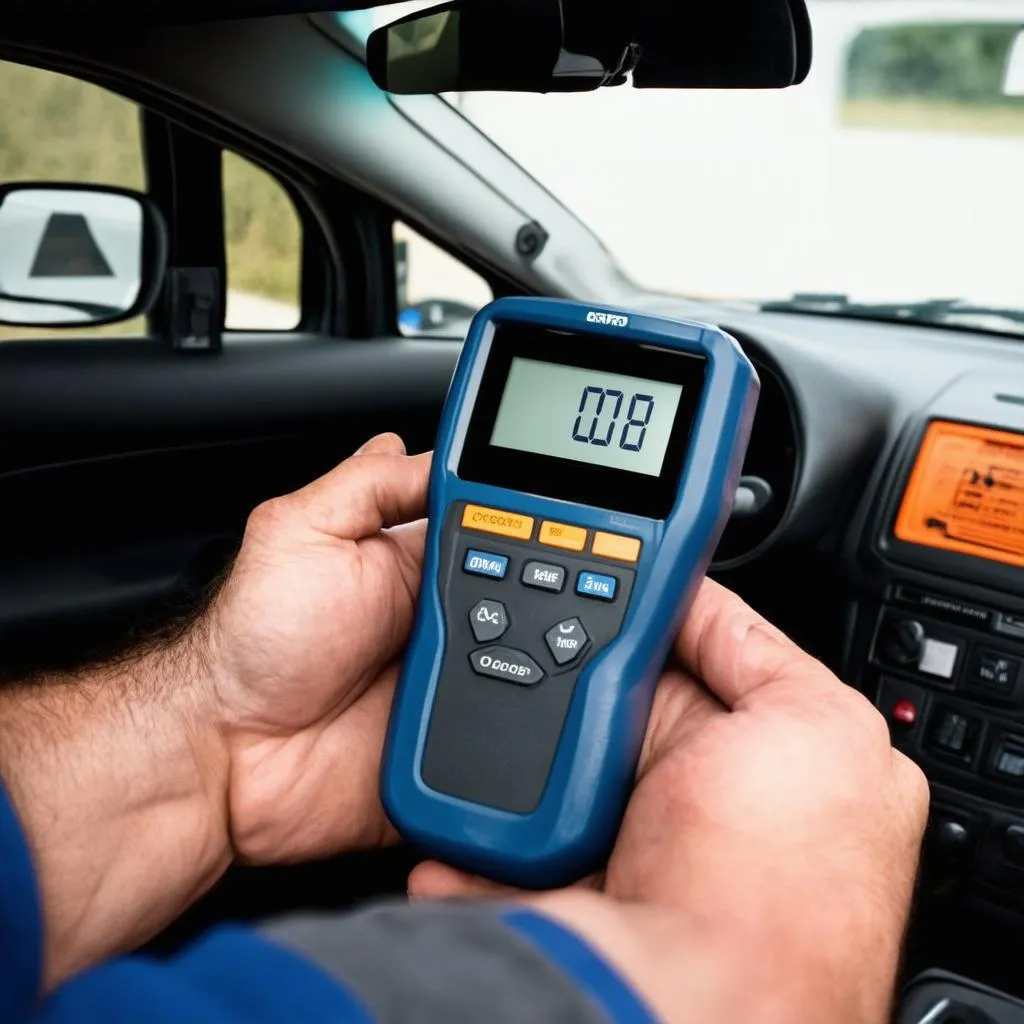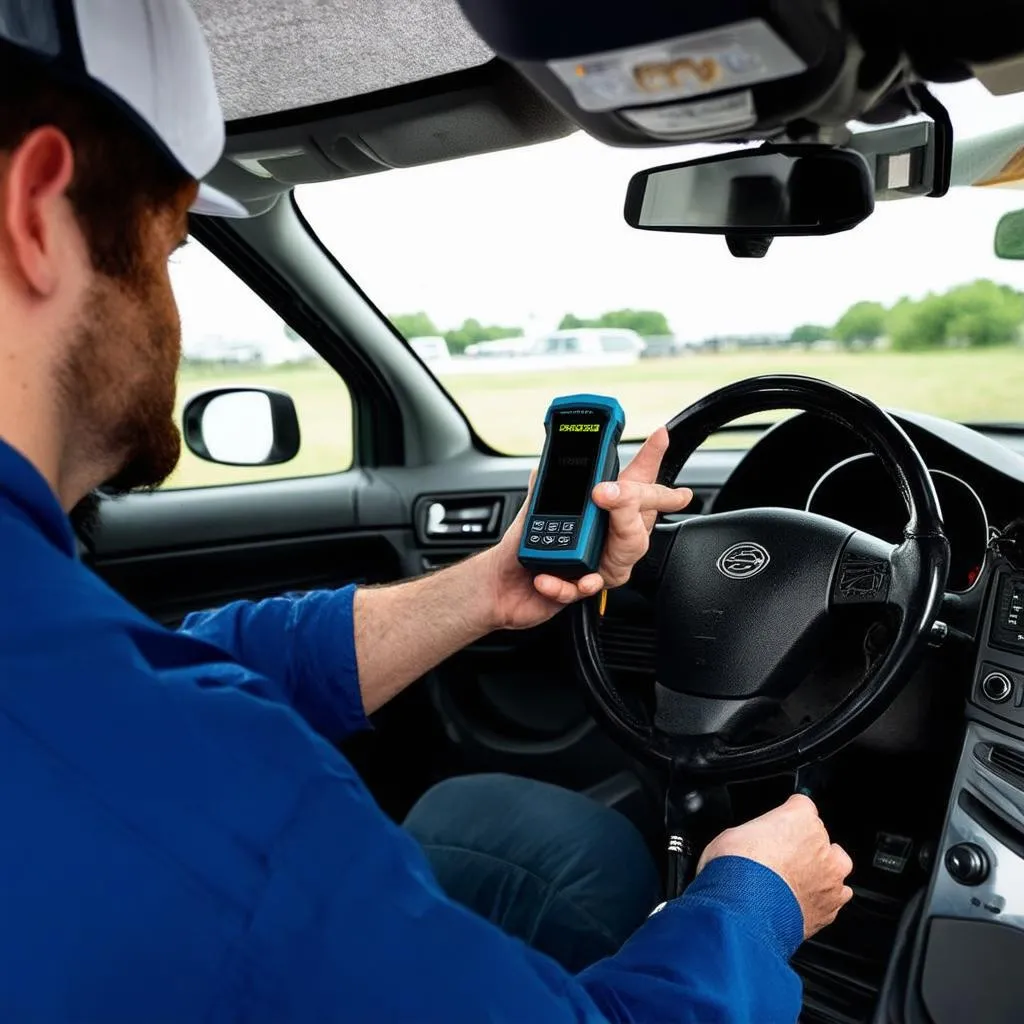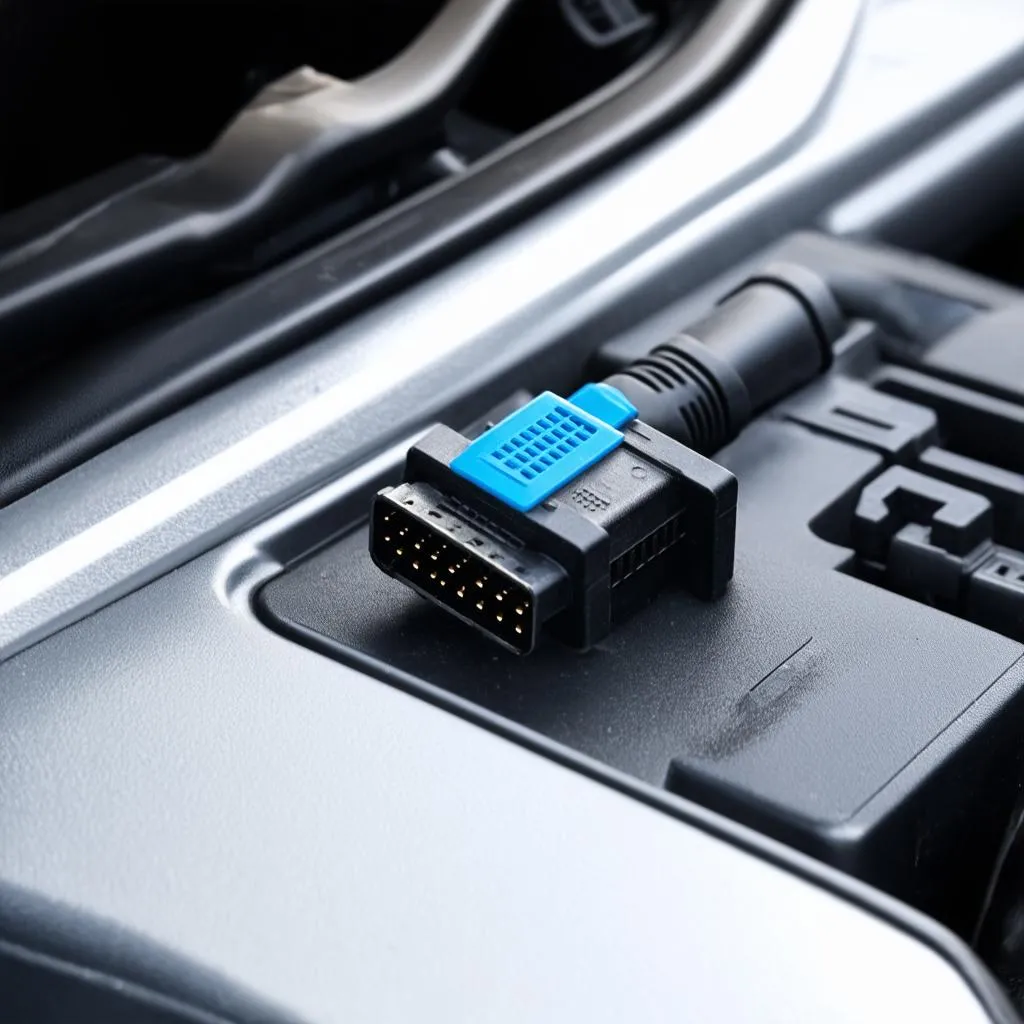Have you ever wondered about the mysterious world of car diagnostics and how it evolved? Imagine a time before smartphones, when mechanics relied on their intuition and a toolbox full of tools. That’s what it was like before the advent of OBD-II, a revolutionary technology that changed the way we interact with our vehicles. In this article, we’ll delve into the fascinating story of OBD-II, uncovering its beginnings and its impact on the automotive industry.
Understanding the Significance of the First Year for OBD-II
The first year for OBD-II is a pivotal point in automotive history. It marks the beginning of a new era of car diagnostics, where information about a vehicle’s health can be easily accessed and interpreted. This has profound implications for both car owners and mechanics alike. For owners, it means greater transparency and control over their vehicles, enabling them to identify and address potential issues proactively. For mechanics, OBD-II provides a powerful tool for diagnosing problems, saving time and resources.
A Look Back: The Birth of OBD-II
The year 1996 marked a significant milestone for the automotive industry, with the introduction of the OBD-II standard in the United States. But the story of OBD-II is not simply about a new technology. It’s about the evolution of our relationship with cars, and the growing awareness of the importance of environmental protection.
In the 1970s, the United States government began to grapple with the issue of air pollution, which was becoming a significant problem in major cities. The Clean Air Act of 1970 mandated that automobile manufacturers adopt stricter emissions standards. This paved the way for the development of OBD systems, which were initially designed to monitor and control emissions.
Understanding the First Year for OBD-II: Why 1996?
The year 1996 marks the beginning of mandatory OBD-II implementation for all vehicles sold in the United States. Before this, there were various diagnostic systems, and each car manufacturer had its own unique system, making it difficult for mechanics to diagnose and repair vehicles from different brands.
The introduction of OBD-II provided a standardized way to communicate with vehicles, ensuring compatibility across different manufacturers. This led to a revolution in car diagnostics, making it easier for mechanics to identify and resolve issues.
OBD-II: The Foundation of Modern Car Diagnostics
OBD-II is a powerful tool that has revolutionized the way we interact with our vehicles. It provides access to a wealth of information about a car’s performance, enabling us to:
- Identify and diagnose problems: OBD-II allows mechanics to access real-time data from a vehicle’s engine, transmission, and other systems, helping them identify and diagnose problems more quickly and efficiently.
- Monitor vehicle performance: OBD-II provides insights into fuel consumption, engine temperature, and other crucial parameters, allowing drivers to monitor their vehicle’s performance and make informed decisions about maintenance and driving habits.
- Reduce emissions: By providing data on emissions levels, OBD-II helps ensure that vehicles comply with emissions regulations, contributing to a cleaner environment.
The First Year for OBD-II: A Turning Point
The first year for OBD-II, 1996, was a pivotal year in the automotive industry. It marked the beginning of a new era, where technology played a more prominent role in ensuring vehicle safety and efficiency. Since then, OBD-II has continued to evolve, with the development of more sophisticated systems and applications.
 OBD2 Scanner
OBD2 Scanner
Looking Ahead: The Future of OBD-II
The future of OBD-II is bright, with the technology continuing to evolve and expand. We can expect to see:
- More sophisticated diagnostics: OBD-II systems are becoming increasingly sophisticated, providing more detailed information about a vehicle’s performance and allowing for more accurate diagnosis of problems.
- Enhanced connectivity: OBD-II is becoming increasingly connected, enabling vehicles to communicate with smartphones, cloud-based platforms, and other devices. This opens up exciting possibilities for remote diagnostics, predictive maintenance, and personalized driving experiences.
- Greater focus on data analysis: The data collected through OBD-II can be used to analyze driving patterns, optimize fuel efficiency, and improve safety.
Frequently Asked Questions (FAQs) About OBD-II
Q: What is the difference between OBD and OBD-II?
A: OBD stands for “On-Board Diagnostics.” It refers to a system that monitors the vehicle’s emissions system. OBD-II, on the other hand, is an updated and standardized version of the original OBD system.
Q: When did OBD-II become mandatory in the United States?
A: OBD-II became mandatory for all vehicles sold in the United States in 1996.
Q: How can I access the OBD-II data on my vehicle?
A: You can access OBD-II data using a specialized OBD-II scanner or a smartphone app that connects to a Bluetooth-enabled OBD-II adapter.
Q: Can I use an OBD-II scanner on any vehicle?
A: OBD-II scanners are compatible with most gasoline-powered vehicles manufactured after 1996 in the United States. However, older vehicles may require a different type of scanner.
Q: Does OBD-II provide information about the vehicle’s electrical system?
A: OBD-II can provide some information about the vehicle’s electrical system, but it is not designed to diagnose all electrical problems.
Q: What are some of the most common OBD-II codes?
A: Some of the most common OBD-II codes include:
- P0171: System too lean (Bank 1)
- P0300: Random/Multiple Cylinder Misfire Detected
- P0420: Catalyst System Efficiency Below Threshold (Bank 1)
Q: What are some popular brands of OBD-II scanners?
A: Popular brands of OBD-II scanners include:
- BlueDriver
- ANCEL
- Launch
- AUTEL
 OBD2 Code Reader
OBD2 Code Reader
Key Takeaway
OBD-II has revolutionized the automotive industry, providing a standardized and accessible way to diagnose and monitor vehicle health. From its humble beginnings as a tool for controlling emissions, it has become an integral part of modern car maintenance and diagnostics. As the technology continues to evolve, we can expect even more innovative applications in the years to come.
Need Assistance with OBD-II?
If you’re struggling with OBD-II diagnostics or have any questions about this technology, we’re here to help. Our team of automotive experts is available 24/7 to provide guidance and support. Don’t hesitate to reach out via Whatsapp: +84767531508. We’re here to make your car maintenance experience as smooth and stress-free as possible.
Related Articles:
- Complete List of OBD Codes PDF
- Ford OBD-II Codes List
- 1999 BMW Z3 OBD Location
- Automobile OBD Diagnostic Instrument
- Connect OBD to Laptop
 OBD2 Connector
OBD2 Connector
Let’s Stay Connected!
We hope this article has provided valuable insights into the first year for OBD-II and its significance in the automotive world. Share your thoughts and comments below, and let’s continue the conversation. We’re always happy to hear from our readers! Don’t forget to check out our other articles on automotive technology, repair, and maintenance.